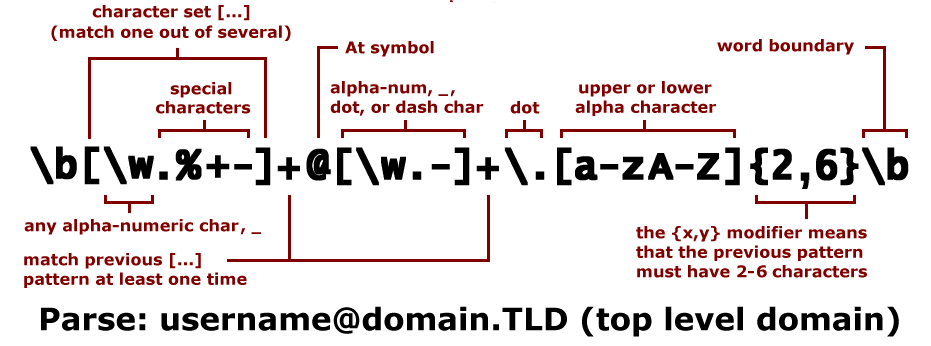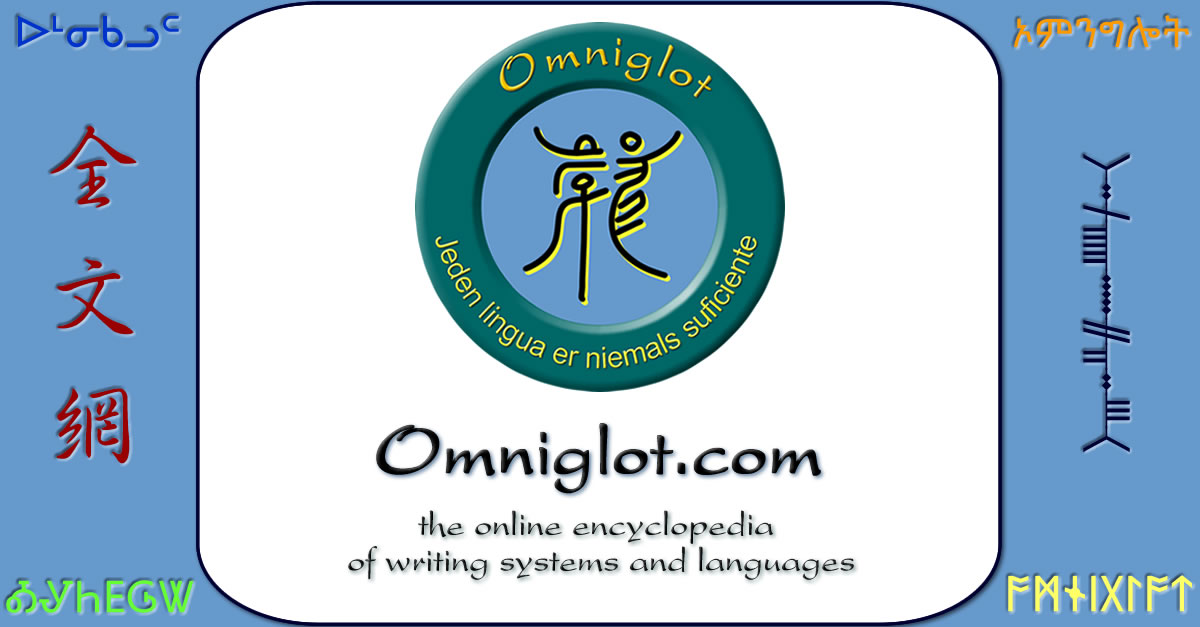Modern Arabic mathematical notation
Modern Arabic mathematical notation is a mathematical notation based on the Arabic script, used especially at pre-university levels of education. Its form is mostly derived from Western notation, but has some notable features that set it apart from its Western counterpart. The most remarkable of those features is the fact that it is written from right to left following the normal direction of the Arabic script. Other differences include the replacement of the Greek and Latin alphabet letters for symbols with Arabic letters and the use of Arabic names for functions and relations.
Notation differs slightly from region to another. In tertiary education, most regions use the Western notation. The notation mainly differs in numeral system used, and in mathematical symbols used.
Written numerals are arranged with their lowest-value digit to the right, with higher value positions added to the left. That is identical to the arrangement used by Western texts using Hindu-Arabic numerals even though Arabic script is read from right to left. The symbols "٫" and "٬" may be used as the decimal mark and the thousands separator respectively when writing with Eastern Arabic numerals, e.g. ٣٫١٤١٥٩٢٦٥٣٥٨ 3.14159265358, ١٬٠٠٠٬٠٠٠٬٠٠٠ 1,000,000,000. Negative signs are written to the left of magnitudes, e.g. ٣− −3. In-line fractions are written with the numerator and denominator on the left and right of the fraction slash respectively, e.g. ٢/٧ 2/7.





/cdn.vox-cdn.com/uploads/chorus_asset/file/23249791/VRG_ILLO_STK001_carlo_cadenas_cybersecurity_virus.jpg)













